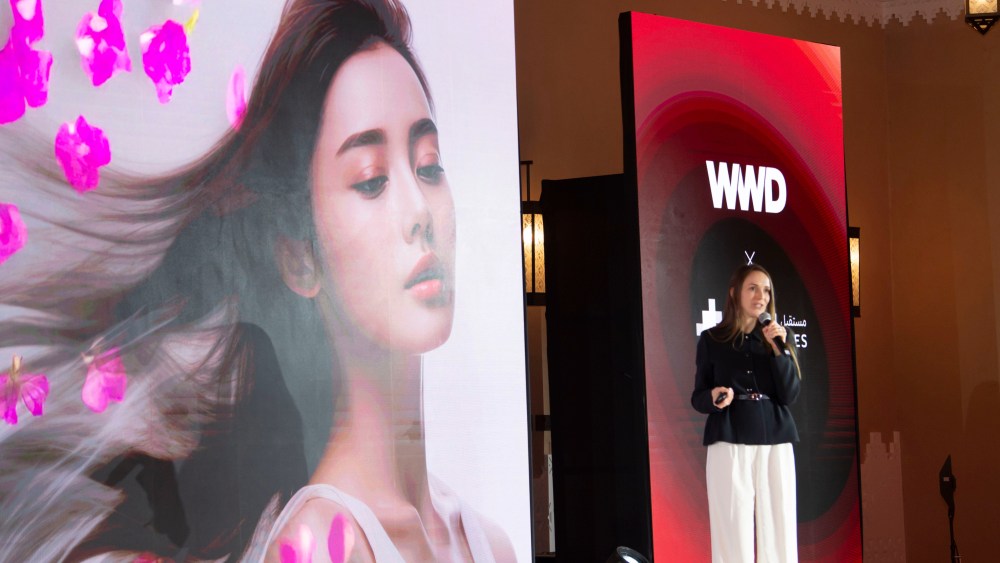The Asian beauty wave, powered by K-beauty (Korean), C-beauty (Chinese), and J-beauty (Japanese), is expanding rapidly, captivating global audiences with its unique trends and practices. While these brands have been making headlines, they are not just passing fads; they are establishing a permanent place in the beauty market. Andrea Fetzer, vice president of strategy at Chalhoub Group, highlighted this evolution at the 2025 WWD Global Fashion & Beauty Summit, emphasizing how these products are making their way into consumer homes and achieving remarkable sales on platforms like Amazon. The rise is not merely a momentary trend but rather a shift in how beauty is perceived and consumed worldwide.
Fetzer pointed out that the conversation around Asian beauty has matured. Previously viewed as a fleeting trend, it is now clear that these brands are committed to going global. They are refining their retail strategies and enhancing how they communicate with consumers. This newfound seriousness is evidenced in the Gulf Cooperation Council (GCC) region, where the growth of Asian beauty products is astonishing, outpacing that of Western brands. With a staggering 26 percent growth rate between 2022 and 2024 in the GCC—compared to just 15 percent in Western markets—it is evident that Asian beauty is carving its niche, despite still holding only a modest 3 percent market share in the region.
Skin care is the primary driver behind this growth, especially K-beauty, which continues to lead the way. In contrast, C-beauty has made notable strides in color cosmetics, while J-beauty offers a balanced approach spanning makeup, skin, and hair care. The sales dynamics vary significantly from country to country within the GCC. For instance, Saudi Arabia leads in makeup sales, where it accounts for one-third of the Asian beauty market, setting it apart from its neighbors where skin care generally reigns supreme.
The strategies employed by these brands also differ by region. For K-beauty, innovation is key; the emphasis is on unique formulations and textures that capture the youthful market. J-beauty, however, leans heavily on tradition blended with sophistication, appealing to a more mature, discerning audience. C-beauty is characterized by fast-paced trends and a focus on e-commerce, specifically targeting a results-driven, younger demographic eager for the next big thing. Meanwhile, there is a shift toward more streamlined beauty routines, moving away from the previously popular ten-step processes, which aligns well with the average Saudi consumer who typically uses around five products in their skincare regimen.
Gen Z in the GCC is significantly driving the integration of K-beauty products into daily practices. Research from Chalhoub Group highlights that popular brands like Beauty of Joseon, Mixsoon, and Laneige are now among the top favorites for this demographic. With a heightened awareness of these brands, the potential for purchase intent is high, underscoring a promising future for Asian beauty in the region.
In conclusion, the Asian beauty movement is not simply a trend but signifies an evolving understanding of beauty that resonates deeply with consumers across various markets. As these brands continue to refine their messaging and product offerings, they are tapping into the unique preferences of consumers worldwide. With substantial growth potential remaining, especially in regions like the GCC, the evolution of beauty remains an exciting landscape, promising innovation, diversity, and a deeper connection between brands and consumers.

